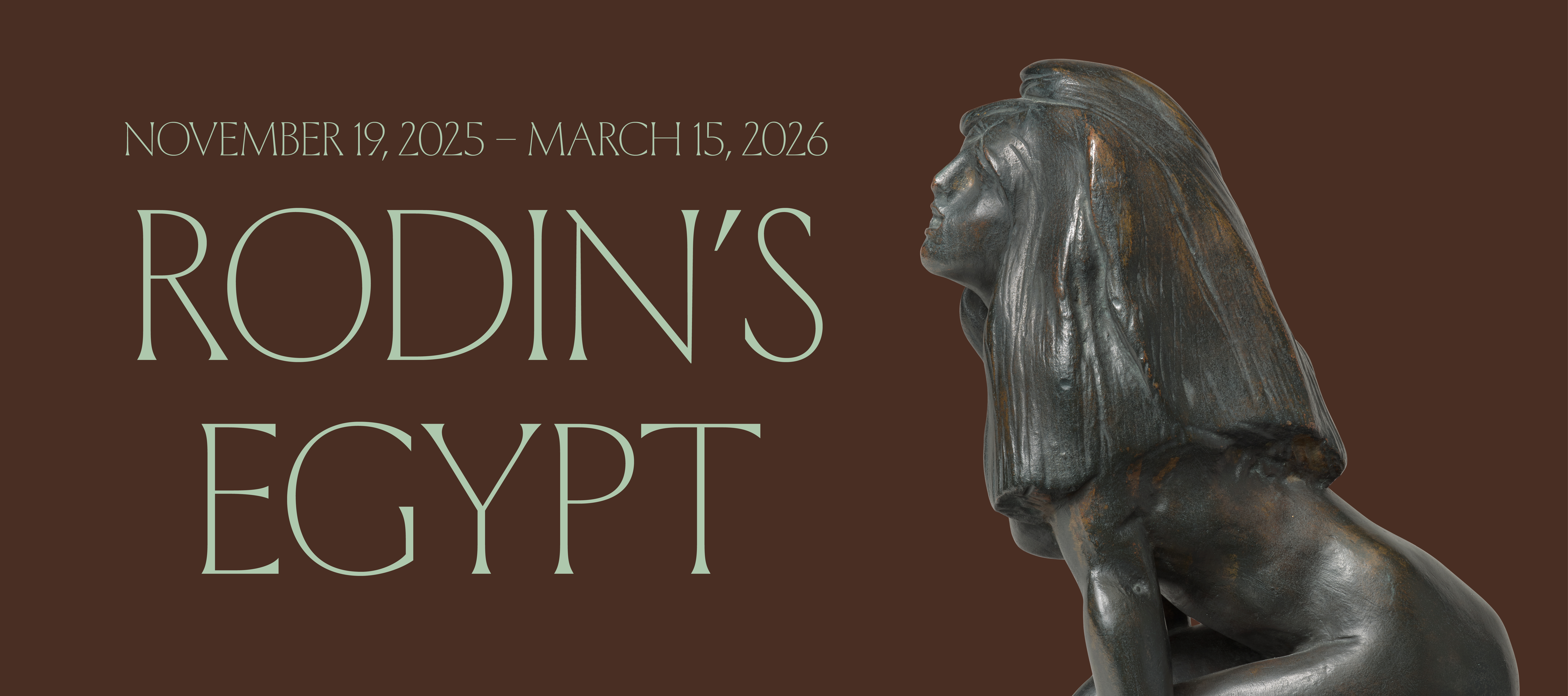Exhibition Lecture
Rune Nyord
Emory University
This lecture will take place in person at ISAW.
Registration is required at THIS LINK.
Ancient Egyptian images of the body are at the same time both highly recognizable and foreign to the modern viewer. From impossible composite figures of human-animal hybrids to seemingly stiff and block-like human forms in sculpture, Egyptian depictions were meant not simply to capture a likeness, but to manifest powers in order to establish the presence of, and relations between, depicted entities. This casts Egyptian artworks in some ways less as mere depictions of bodies and more as bodies in their own right, inherently open to interactions and friendly or hostile manipulation. This lecture explores central roles and functions of Egyptian images of bodies, including the multiple ways the underlying Egyptian concepts trouble modern expectations and distinctions.
 Rune Nyord is Associate Professor of Ancient Egyptian Art and Archaeology and Chair of the Art History Department at Emory University. He is an author, editor, and co-editor of several books, including the monographs Seeing Perfection: Ancient Egyptian Images beyond Representation (Cambridge, 2020) and Yearning for Immortality: The European Invention of the Ancient Egyptian Afterlife (Chicago, 2025).
Rune Nyord is Associate Professor of Ancient Egyptian Art and Archaeology and Chair of the Art History Department at Emory University. He is an author, editor, and co-editor of several books, including the monographs Seeing Perfection: Ancient Egyptian Images beyond Representation (Cambridge, 2020) and Yearning for Immortality: The European Invention of the Ancient Egyptian Afterlife (Chicago, 2025).
This lecture is given in conjunction with ISAW's exhibition Rodin's Egypt. This exhibition and its accompanying catalogue were made possible by generous support from the Leon Levy Foundation.
Please check isaw.nyu.edu for event updates.
ISAW is committed to providing a positive and educational experience for all guests and participants who attend our public programming. We ask that all attendees follow the guidelines listed in our community standards policy.
